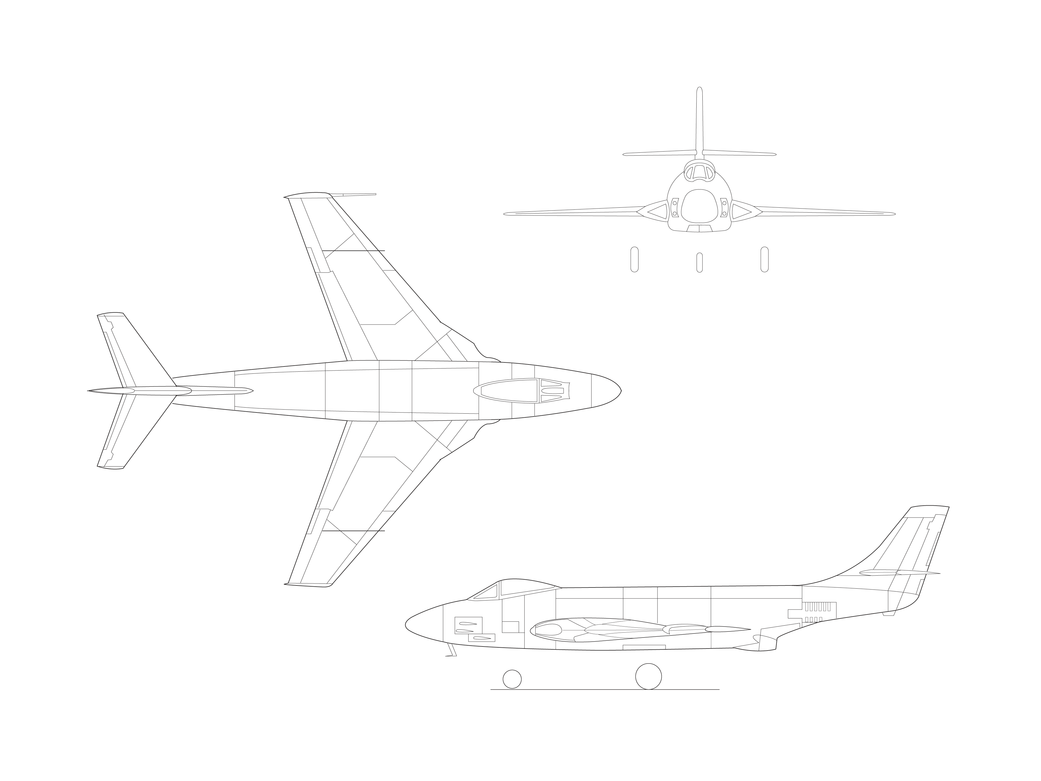
EG-0100-01
The McDonnell XF-88 originated from a 1946 U.S. Army Air Forces requirement for a long-range penetration fighter to escort bombers to their targets. The first prototype made its maiden flight from Muroc Army Airfield, California, on October 20, 1948. It was unarmed and powered by twin non-afterburning J34-13 engines. While the initial testing demonstrated adequate handling and the required endurance, the XF-88 proved underpowered with a top speed of just 641 mph.
In 1949, the second prototype, designated XF-88A, was fitted with afterburning J34-22 engines to improve performance, and the first prototype was later modified to the same standard engine standards. This allowed the aircraft to attain speeds slightly more than 700 mph at an altitude of 20,000 feet. Changes in Air Force priorities, together with a shortage of money, led to cancellation of the penetration fighter in August of 1950. This, however, did not spell the end of the XF-88. At the request of the National Advisory Committee for Aeronautics (NACA), McDonnell modified the second prototype into a high-speed propeller research airplane.
The new XF-88B configuration included a nose-mounted Allison XT38 experimental turboprop while retaining the two turbojets for primary propulsion. Aimed primarily at potential long-range military applications, the XF-88B was developed as a joint effort with the services; the Air Force provided the airplane, test propellers and associated equipment, and the Navy provided the turbojets and the XT38 turboprop engine.
The XF-88B was first flown on April 14, 1953, at the NACA Langley Memorial Aeronautical Laboratory, Hampton, Virginia. Three propellers were eventually tested at flight speeds up to slightly above Mach 1. Unfortunately, this program did not start to produce results until the mid-1950s when interest in high-speed propellers had almost disappeared.


























